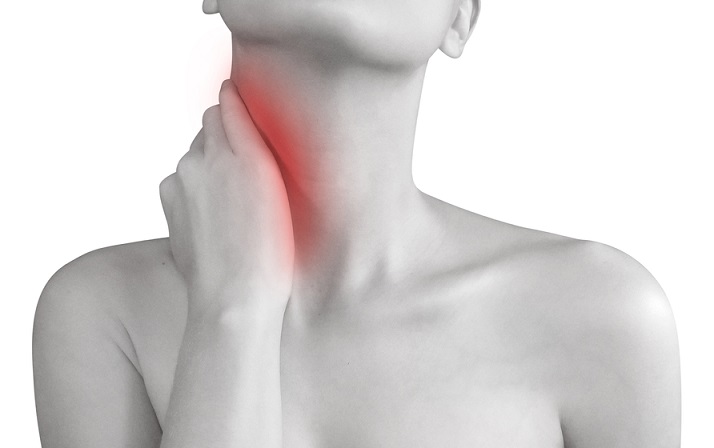 New Health Guide
New Health Guide
Pain that appears on one side is typically caused by inflamed tonsils, lymph nodes and lymphatic tissue. This can be caused by particles becoming caught and inflamed in this tissue or a bacterial or viral infection. A sore throat can be caused by a localized infection that may cause only one side of the throat to become inflamed. A variety of conditions can cause this type of infection, each with a slightly varied set of symptoms.

The tonsils at the back of your throat help the body fight infection, but they are also at risk for developing an infection. If virus or bacteria start to impact the tonsils they can become inflamed and uncomfortable, leading to pain in one side of throat.
Bacteria such as streptococcus bacteria can cause tonsillitis. Vital infections including the rhinovirus, adenovirus, influenza virus, parainfluenza virus, Epstein - Barr virus or enterovirus can also cause this infection.
For more home remedies for tonsillitis, see the video below.
Pharyngitis refers to a sore throat which may include scratchiness, discomfort or difficulty swallowing. This may refer to a number of conditions that cause a similar set of symptoms. This condition often spreads between families and is more common during months where cold weather is present.
Symptoms of pharyngitis include skin rash, headache, fever, swollen lymph nodes around the neck, muscle aches or joint pain as well as pain in one side of throat.
Pharyngitis refers to inflammation of the pharynx or voice box in the back of the throat. This is often caused by a viral infection such as the flu, but some specific types of bacteria can also contribute to this condition. This may include bacteria such as streptococcus, gonorrhea, corynebacterium or chlamydia.
Strep throat is an infection that can make the throat feel scratchy or sore. Diagnosing this condition right away is vital as it can cause additional complications such as rheumatic fever or kidney inflammation. Strep is more common between ages 5-15, though anyone may contract this illness.
Strep throat is caused by the streptococcus pyogenes bacteria. This bacteria is very contagious and is spread through sharing food and drinks, coughing or sneezing when infected. This sends droplets containing the virus airborne where they can be inhaled by others. Streptococcal bacteria can also live on doorknobs or surfaces where they can be picked up. If you have traces of the virus on your hands and then touch your eyes, nose or mouth it can cause an infection.